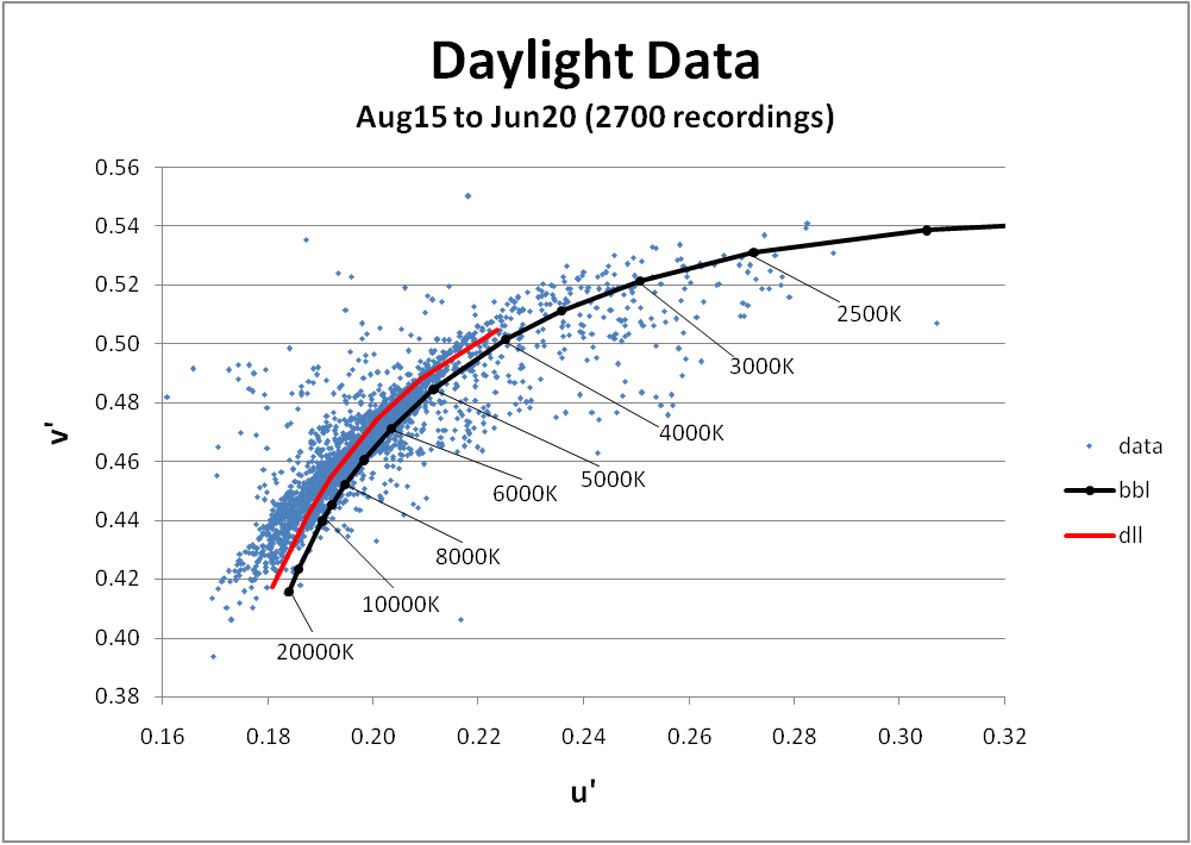
What We Enable
Telelumen provides a flexible, computer-programmable light replicator that allows the user to playback light recordings and/or any Spectral Power Distribution (SPD) in the visible spectrum over time with a multicolor light source. The system software provides accurate, easily changeable SPDs to be used as a stimulus for any type of light environment experimentation or lighting design. This system is unequaled in the industry in its capability, flexibility, and spectral tuning design. The light playing capability allows for the first time the user to create the same time-varying lighting conditions found in nature and craved by biological systems, as well as newly imagined special spectrums that were heretofore impossible.
How Customers Apply It
Telelumen is advancing the science of lighting and its effects on the human experience by providing precision spectral tuning tools that measure, replicate, and play light spectra in their infinite variations. Total control of the light spectrum and analysis of its characteristics are the defining features of Telelumen products. Software control is key to quickly designing experiments on light's effects on humans, plants, and animals. It is also the key to the design of light for commercial light fixtures, human-centric lighting, and tests of human perception and reaction to various light stimuli. For an excellent example of Telelumen product use in a hospital setting, under the guidance of the Lighting Enabled Systems & Application (LESA) center at RPI, to look at the benefits of full spectrum lighting, click here.


The Essence of Light
Humans, animals, and plants have evolved under illumination from the sun filtered by the atmosphere, canopy, and reflected by surroundings. Daylight, as we perceive it, is a continuous spectrum of wavelengths from 380 nm to 780 nm. From near UV to near IR, the human eye detects light, the spectral content (color), and the intensity of daylight as it changes throughout the day.
Scientists and engineers have developed terms to describe the qualities of light in more global and simplified terms. Rather than a graph of the full visible spectrum indicating the amount of red, orange, blue etc. terms such as CCT (Correlated Color Temperature) and CRI (Color Rendering Index) are used for a more simplified description of light qualities. The graph on the left shows the u’v’ chromaticity space with the black body locus (bbl) and the daylight locus (dll). It also shows thousands of spectrometer daylight recordings taken from around the world by Telelumen, mapped into the graph. This data is a clear indication that a CCT description of light, referenced to bbl or dll loci, is not complete and does not show the diversity of real world daylight that is encountered by humans and cameras.
For any biological or circadian rhythm research, variation of light spectrum with time is necessary. Telelumen programmable spectrum luminaires fill this need with the capability of reproducing these real-world light measurements with accurate time and spectrum control.
